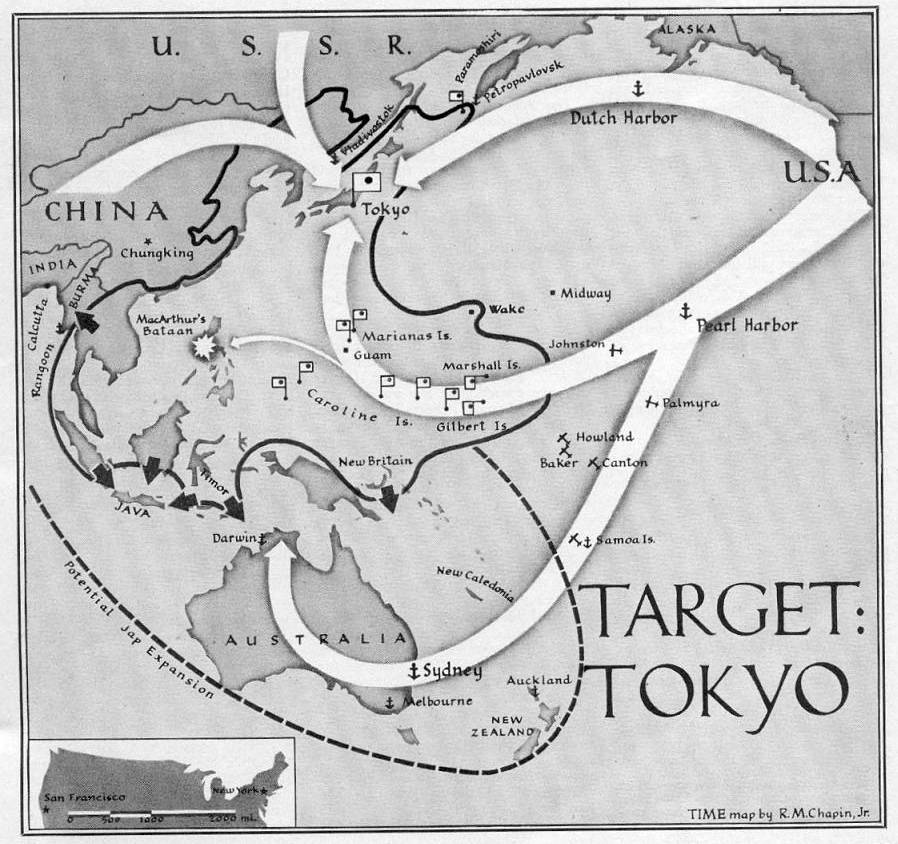
Try Amazon Audible Plus

WORLD BATTLEFRONTS

| 16 | TIME March 9, 1942 |
WORLD BATTLEFRONTS
| * Last week Tokyo reported an attack on Wake by a typical task force: two cruisers, six destroyers. The Japanese said they suffered, minor damage, minor casualties. Said the Navy Department in Washington: "No Information." |

| TIME March 9, 1942 | 17 |
